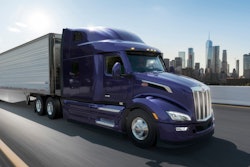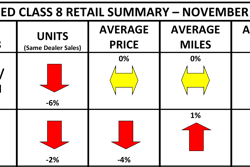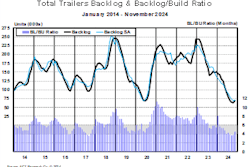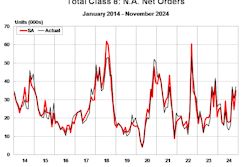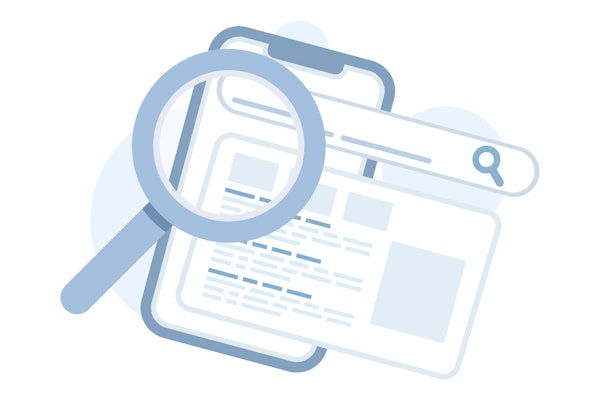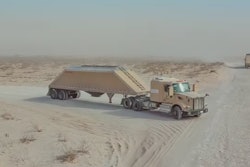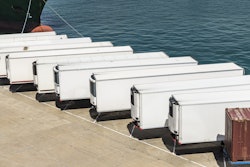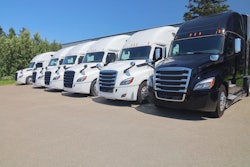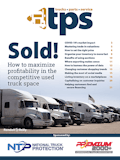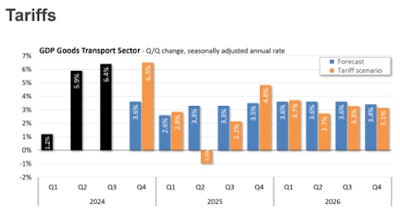
With just a few days until the inauguration of President-elect Donald J. Trump, the former and future leader of the U.S. is making promises and disrupting economic forecasts.
FTR Transportation Intelligence peered into a foggy crystal ball for a look at what 2025 might bring. On everyone's mind: Tariffs. The president-elect said he would impose a 25% blanket tariff on goods from Mexico and Canada, starting Jan. 20. He's also threatened an additional 10% tariff on goods from China. China, Mexico and Canada account for about 40% of imported goods into the country.
"We knew from election night that we were looking at tariffs," says Avery Vise, FTR's vice president of trucking. That said, there's still a lot of questions about what any potential tariff may look like. The FTR analysts presented a forecast, but cautioned that it was very much just one scenario.
[RELATED: Preliminary Class 8 truck orders rise in November 2024]
"We're sort of assuming an overall impact for tariffs. How would we do otherwise? There's just too many things in motion," Vise says.
The forecast includes companies absorbing tariffs and also passing those costs onto the consumer. Either way, 2025 looks to be another year of inflation. And that will impact how the Federal Reserve manages the country's interest rates.
Joseph Towers, senior analyst with FTR says with tariffs fueling inflation, there's bound to be some level of Fed response, either in magnitude or frequency of rate cuts.
"I think it would probably come in the form of fewer rate cuts, maybe from four to two," Towers says.
There's also a tremendous amount of flux in the regulatory environment as Trump prepares to take office.
"There is no greater target for Republicans than the environmental agency," Vise says. That said, he isn't expecting too much change to the NOx emissions slated for 2027, though Congress could take actions like zeroing out funding for enforcement of those regulations.
Vise says he does expect to see some changes in regulations on greenhouse gas emissions, if not a complete rollback.
And even though tariffs are meant to encourage domestic manufacturing, FTR's experts don't see a huge rush to do that, either.
"We don't have the ability to all of a sudden flip on a bunch of facilities to manufacture everything," Towers says. And even if the U.S. could, there's still a labor issue. Vise says unemployment is still pretty low and the labor market is tight, meaning the country may not have the human capacity to staff up more factories if they were built.

